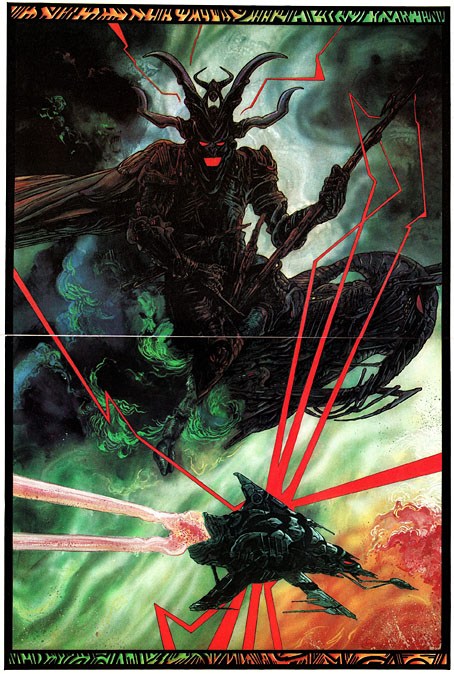
The Tailor’s Shop from Street of Crocodiles.
I’m back home after a whirlwind visit to London, having earlier received an invitation from the Quay Brothers to the opening night of their Dormitorium exhibition at the Swedenborg Hall in Bloomsbury. The show is the London debut of a display of sets and puppets from all the Quays’ major films. This is also a slightly expanded exhibition, previous outings such as the one at the Museum of Modern Art in New York having been staged before they made their more recent films. New additions include several cases devoted to characters from The Doll’s Breath, and one that features characters and tiny set elements from their new feature film, Sanatorium Under the Sign of the Hourglass.

Characters from The Doll’s Breath.
One of the curious things about looking at art in our mediated age is that you can become very familiar with certain paintings or drawings yet only have a vague idea as to the actual size of the originals, even when dimensions are printed along with reproductions in books. So too with the Quays’ puppets and décors. All the details are very familiar yet I wasn’t prepared to see those familiar details differing so much in size. The box that contains the puppets from This Unnamable Little Broom, for example, is very large, yet the boxes you see shortly after this, containing sets from Street of Crocodiles, are much smaller, a factor which makes everything inside those boxes seem dizzyingly concentrated. Choice of materials has obviously determined some of this. In the films where the Quays have used ceramic doll’s heads the sets have had to be constructed to the scale of the found artefacts. All of the more recent puppets have been constructed at a larger size.

The Calligrapher.
The other surprise of the exhibition was the cabinets themselves. A few of these have been built to take advantage of the exhibition setting: the box featuring ‘The Calligrapher’ has a large distorting lens set into its front glass panel, while the cabinet next to it, showing the rippled landscape from The Comb, has glass sides which allow the viewer to more easily read the anamorphic lettering stretched over the hills. Several other cabinets present their contents like peepshow exhibits, their portholes being filled with yet more distorting lenses which offer mutable views of the illuminated exhibits within.

Rehearsals for Extinct Anatomies.
All these wonders will be on display at the Swedenborg Hall until 4th April. Entry is free if you’d like to disturb the sleep of the inhabitants. In return they’ll do their best to disturb your dreams.

Elsewhere on { feuilleton }
• The Quay Brothers archive












